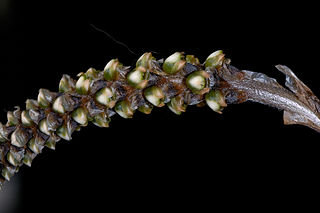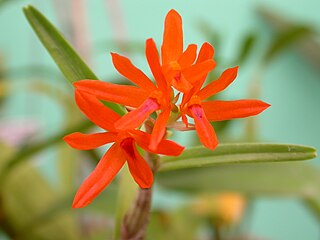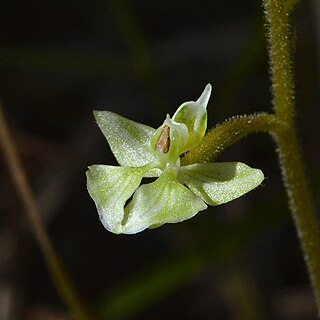
Aa is a genus of plants of the family Orchidaceae.

Friedrich Richard Rudolf Schlechter was a German taxonomist, botanist, and author of several works on orchids.

Carl Schlechter was a leading Austro-Hungarian chess master and theoretician at the turn of the 20th century. He is best known for drawing a World Chess Championship match with Emanuel Lasker.
Schlechter is a family surname of German origin. Notable people with this surname:
Johannes Jacobus Smith was a Dutch botanist who, between years 1905 to 1924, crossed the islands of the Dutch East Indies, collecting specimens of plants and describing and cataloguing the flora of these islands. The standard botanical author abbreviation J.J.Sm. is applied to plants described by J.J. Smith.

Leó Forgács was a Hungarian chess player.

Julius Perlis was an Austrian chess player.
Rudolf Swiderski was a German chess master.

Heinrich Wolf was an Austrian journalist and chess master.

Johann Nepomuk Berger was an Austrian chess master, theorist, endgame study composer, author and editor.
Carl Schlechter Memorial Tournament (Carl-Schlechter-Gedenkturnier) is an irregularly scheduled chess competition initiated to honor the memory of leading Austrian chess master Carl Schlechter (1874–1918), who died as a result of privations suffered in the immediate aftermath of World War I.
Hugo Süchting (Suechting) was a German chess player.

Scaphyglottis is a genus of orchids native to Mexico, Central America, northern South America and parts of the Caribbean. The current concept of this genus is the result of combining several genera which have been described at various times. The concept is characterized by the growth habit: not only are new pseudobulbs added at the base of the old ones, but new pseudobulbs also grow at the apices of the old ones. Many species are quite similar and difficult to distinguish, but some are clearly distinct. A few have showy colors. The genus comprises nearly 70 species.

Ponthieva racemosa, commonly called the hairy shadow witch or racemose ponthieva, is a species of orchid found from the southeastern United States, Mexico, Central America, the West Indies and northern South America as far south as Bolivia.
Bulbophyllum liparidioides is a species of orchid in the genus Bulbophyllum. These rare orchids are native to Madagascar.
Rudolf Mansfeld was a German botanist and agricultural scientist.
Henri Lucien Jumelle was a French botanist.

Brachystele guayanensis is a species of orchid. It is native to southern Mexico, Central America, Trinidad & Tobago, and northern South America.
Corollonema is a species of plants in the Apocynaceae first described as a genus in 1914. It contains only one known species, Corollonema boliviense, native to Argentina and Bolivia.
Dactylostelma is a species of plants in the Apocynaceae first described as a genus in 1895. It contains only one known species, Dactylostelma boliviense, endemic to Bolivia.









